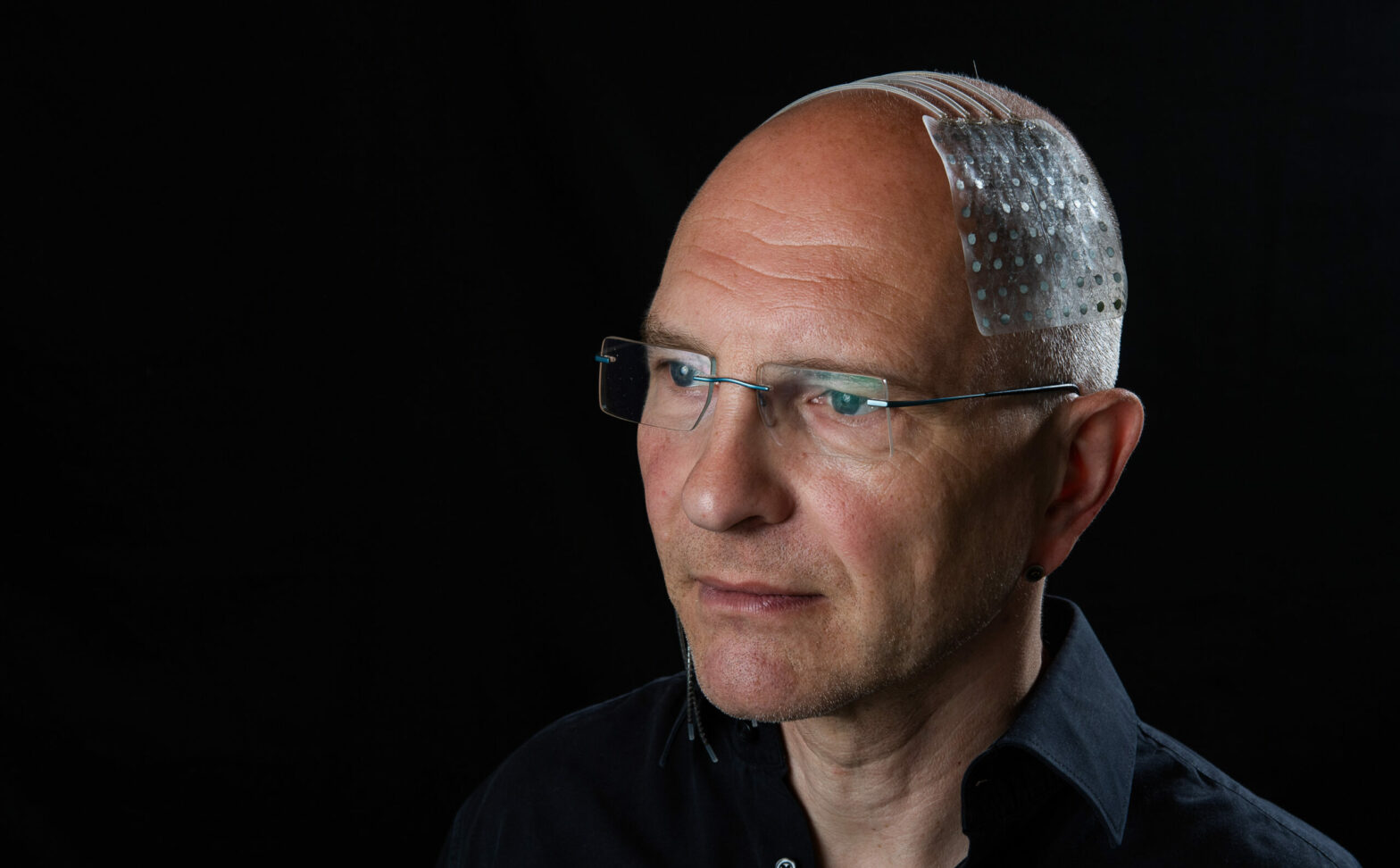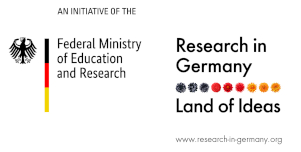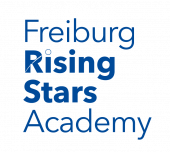Research Interest
We focus on the development of flexible miniaturized neural interfaces and implant. System integration and improvement of longevity is close to our hearts. Excellent infrastructure with a microsystems engi-neering cleanroom (RSC@IMTEK), an ISO 13485 certified implant manufacturing laboratory and a FIB-SEM to analyze the material-tissue interface allow us to design, develop and characterize all engineering aspects of neural implants. Developments range from multimodal tools for addressing fundamental neu-roscience questions to translational first-in-human studies using wearables and implantables. Recent research projects address questions on blood vessel compliance for more comprehensive blood pres-sure monitoring and modulation using bioelectronics medicine approaches, integration of optical modali-ties in flexible neural probes, evaluation of thin-film stability during electrical stimulation and investiga-tions on adaptations of control mechanisms of subjects after amputation using leg prostheses.
Publications
- Stieglitz, T. (2020). Of man and mice: translational research in neurotechnology. Neuron, 105(1), 12-15.
- Boehler, C., Carli, S., Fadiga, L., Stieglitz, T., & Asplund, M. (2020). Tutorial: guidelines for standardized performance tests for electrodes intended for neural interfaces and bioelectronics. Nature protocols, 15(11), 3557-3578.
- Raspopovic, S., […], Stieglitz, T., Rossini, P. M., & Micera, S. (2014). Restoring natural sensory feedback in real-time bidirectional hand prostheses. Science translational medicine, 6(222), 222ra19-222ra19.
What I am looking for in a prospective Rising Star
I hope to attract excellent persons at all career levels and to participate in promoting them to the next career level by supervision and collaboration during the research stay. Collaborations shall be initiated and/or strengthened with excellent groups in the neural engineering field.
Reseach performed within a Rising Star in Residence fellowship should lead to a joint publication in a peer-reviewed journal ranked in Q1 or Q2 of the field.










